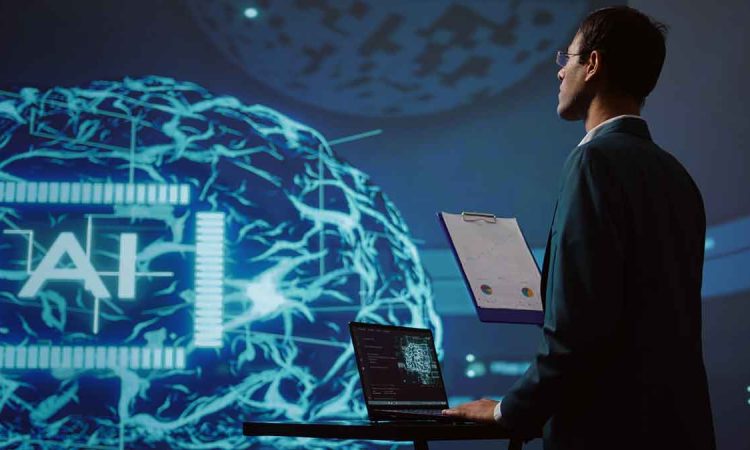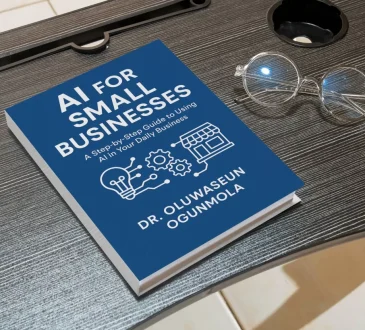
Artificial Intelligence has rapidly shifted from a futuristic concept to an everyday reality shaping the digital world around us. What once lived in research labs and science-fiction stories is now deeply integrated into the way we work, communicate, consume information, and make decisions. This transformation didn’t happen overnight—it has unfolded step by step, through gradual advancements in technology, data, and adoption. Today, AI stands at the heart of digital progress, influencing industries, economies, and personal lives. Here is a comprehensive look at how AI is transforming the digital world, one step at a time.
Step 1: Automating Simple Digital Tasks
The earliest phase of AI entering the digital world began with automation—machines performing repetitive tasks faster, more accurately, and more consistently than humans. Email filtering, basic chatbots, keyword analysis, and simple digital assistants marked the beginning of AI’s influence.
These early tools didn’t display creativity or reasoning, but they set the foundation for everything that followed. By automatically sorting spam, suggesting phrases while typing, and enabling quick responses on customer support websites, AI allowed digital systems to handle predictable tasks efficiently. This shift freed humans to focus on more complex work and opened the door to more advanced AI capabilities.
Step 2: Learning from Data and Personalizing Experiences
As data became more abundant, AI systems learned to analyze patterns and adapt. This ushered in the era of machine learning, where computers could improve their performance without being explicitly programmed.
Suddenly, digital experiences became personalized:
- Streaming platforms recommended shows tailored to individual tastes
- E-commerce websites suggested products based on browsing habits
- Social media feeds adapted to user behavior
This personalization changed the digital environment from static to dynamic.
Step 3: Understanding Language and Enhancing Communication
A major breakthrough came with AI’s ability to process and understand human language. Natural language processing revolutionized digital communication.
Search engines became smarter, interpreting intent rather than relying on exact words. Virtual assistants improved, understanding voice commands and responding more naturally. Customer support AI systems could read queries, detect emotion, and provide useful solutions.
Step 4: Enhancing Decision-Making with Predictive Analytics
With improved data processing and learning capabilities, AI moved from descriptive to predictive tasks.
Businesses used AI to:
- Analyze consumer behavior
- Predict market shifts
- Optimize supply chains
- Detect risks
Healthcare and finance also benefited from predictive models that supported better decision-making.
Step 5: Powering Automation Through Intelligent Systems
AI evolved into intelligent automation, combining machine learning, robotics, and decision-making systems.
Examples include:
- Self-driving vehicles
- Smart factories
- AI agents
- Automated quality checks
- Delivery robots
These tools allowed operations requiring both analysis and action.
Step 6: Supporting Creativity and Digital Content Generation
Generative AI unlocked new creative possibilities, enabling:
- Writing drafts
- AI-assisted artwork
- Code generation
- Quick content creation
- Automated marketing
AI enhanced creativity rather than replacing it.
Step 7: Building Intelligent Digital Ecosystems
AI now powers entire interconnected ecosystems, including:
- Smart homes
- Smart cities
- Enterprise cybersecurity
- Personalized education
These environments constantly learn and improve.
Step 8: Enabling Human-AI Collaboration
AI has become a collaborative partner, assisting professionals across industries through insights, predictions, and automation.
Step 9: Moving Toward Autonomous Digital Decision-Making
The next frontier is autonomous systems capable of making decisions with minimal human involvement:
- AI cybersecurity tools
- Automated financial systems
- Smart energy grids
- Self-regulating industrial tools
This evolution requires ethical oversight but offers immense potential.
Conclusion
AI’s transformation of the digital world is a steady progression shaped by technology, data, and real-world use. Each step builds on the last, reshaping how we live and work.




